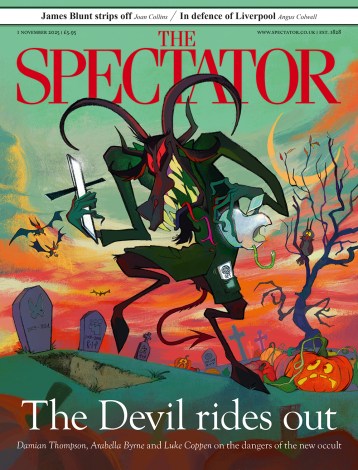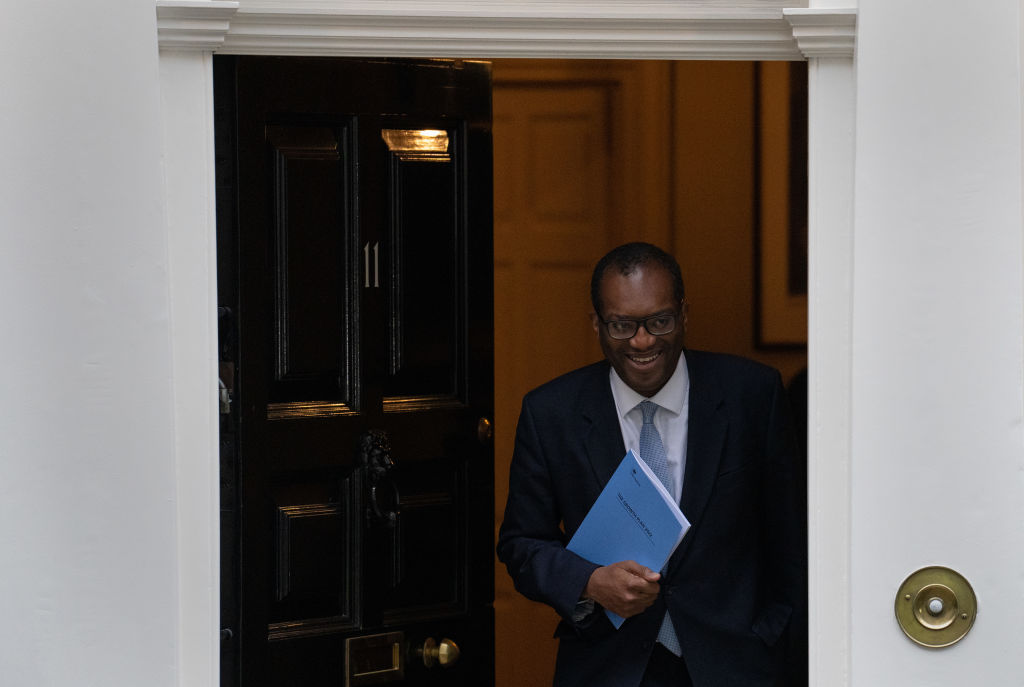The Chancellor’s first ‘fiscal event’ has revealed two major miscalculations – one by most of the political class and the other by the government.
The political class broadly didn’t think Liz Truss’s government would actually push forward with its campaign pledges. It did. The government, for its part, appears to have badly underestimated the sceptical reaction of the markets to its economic agenda.
Let’s take these in turn. First, anyone who is shocked by discussion of higher interest rates wasn’t paying attention during the leadership campaign. The attacks on ‘Treasury orthodoxy’ were frequent and explicit. Rishi Sunak insisted it was inappropriate to take aim at the Bank, while Truss called time on what she perceived as failed monetary policy. ‘We have inflation because of our monetary policy,’ Truss said at the start of the race – an attack on the vast money-printing that took place during the pandemic and a swipe at the Bank of England’s management abilities. She made clear over and over her disappointment in the Bank and its failure to curb inflation. It became a plank of her agenda to ‘look again’ at the Bank’s mandate – currently to target 2 per cent inflation – which suggested she felt it was no longer working.
All the evidence was there that the government planned to apply pressure to get interest rates up
There was a bit that Truss couldn’t say out loud – exactly when and to what level she wanted rates to rise (she still can’t, as she insists on the Bank’s independence). The three independent economists who were advising her campaign over the summer were explicit, however, about the monetary side of ‘Trussonomics’. Her plans for looser fiscal policy – big tax cuts, more borrowing in the short-term – would need to be balanced with tighter monetary policy – higher interest rates – to get inflation under control.
The tough talk, the bi-weekly meetings set up between the Governor of the Bank and the new Chancellor – all the evidence was there that a Truss government planned to apply pressure to get interest rates up. No doubt it will have been disappointed last week when the Bank went for a 0.5 percentage point increase to rates, rather than following the Federal Reserve’s lead with a 0.75 per cent increase. But that wasn’t going to deter plans for fiscal loosening.
Of course, the government didn’t want to get higher interest rates as an emergency response: markets are relying on Andrew Bailey to give some indication this week that rates will rise – outside of the normal timetable for rate rises – shows the extent to which the government’s plan has spiralled out of its control. But this reveals the other miscalculation that has clearly taken place: Whitehall’s belief that its borrow-to-grow agenda would be better received by the market.
Market frustration with the ‘fiscal event’ will, to some extent, be reflected in weak sterling. But the pound was falling and fluctuating long before these announcements came along. After hitting a record low of $1.03 early Monday morning, the pound is now slightly above where it closed on Friday (and up on the euro, by 1.8 per cent, compared to this morning). What’s far more telling right now are the gilt yields, which have continued to rise since opening this morning pushing up government’s cost of borrowing.
There was a fairly deeply-held belief in the Truss camp that the markets would be sanguine about lending to finance this shift to a lower-tax economy. They believed that if they could get growth going through ‘tax cuts and reform’, then the fiscal choices facing the UK would become far more attractive. But without any supply-side, pro-growth reform announcements beyond tax cuts, it is no major surprise that markets have responded negatively. While tax cuts can certainly have a positive impact on growth, no one’s believes that the £70 billion in additional borrowing is going to be paid for by tax cuts alone; and the Chancellor’s promise of fiscal responsibility ‘in due course’ has not proved convincing enough.
This misplaced optimism on the part of the government was perfectly summed up in a tweet by Treasury minister Chris Philp sent immediately after the fiscal statement: ‘Great to see sterling strengthening on the back of the back of the new UK growth plan’. Sterling promptly went on to fall 3.5 per cent in one day. The chief secretary to the Treasury, alongside many others, was expecting a positive market response. No doubt, in part, because even in Tory circles the mood has been far more relaxed in recent years towards growing the deficit.
Both these miscalculations – a political class that ignored Truss’s comments on interest rates and a government that expected the markets to wear huge unfunded tax cuts – are on display today, which has led to a heightened sense of confusion. But the situation is far more straightforward than many would admit: Truss pushed ahead with what she promised in the campaign, and markets responded to the Tory party’s increasing predilection for spending splurges.







Comments